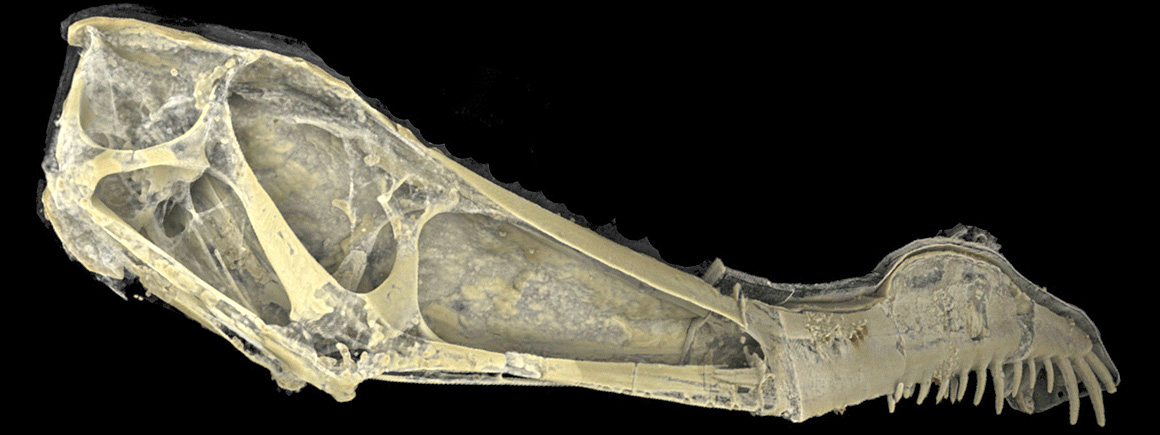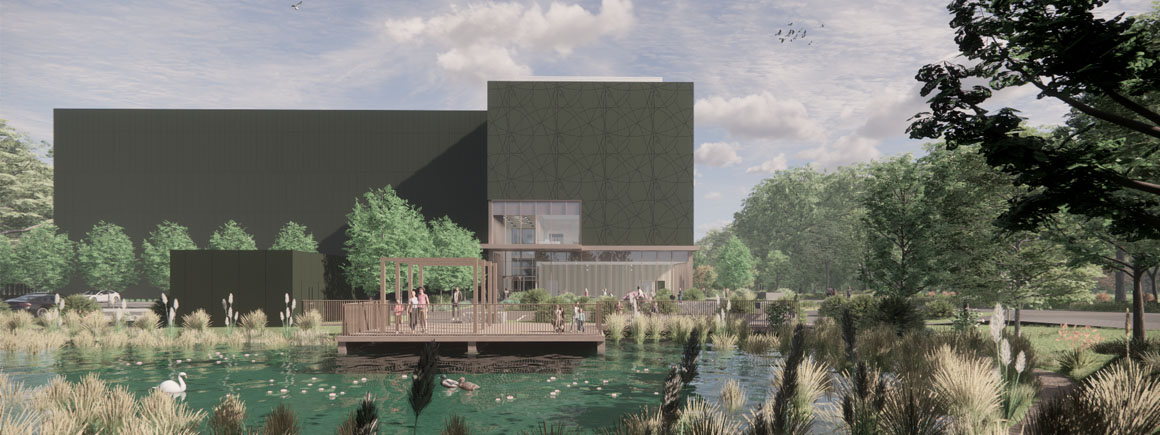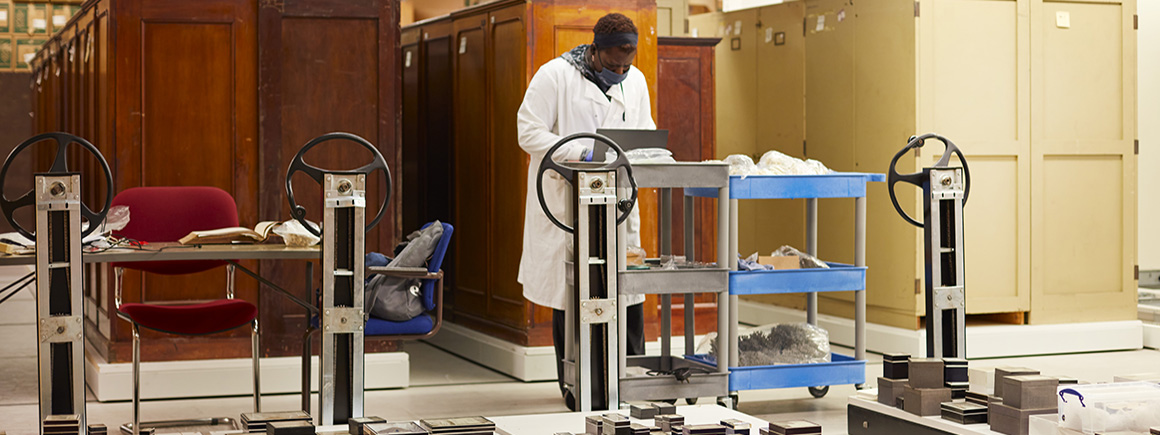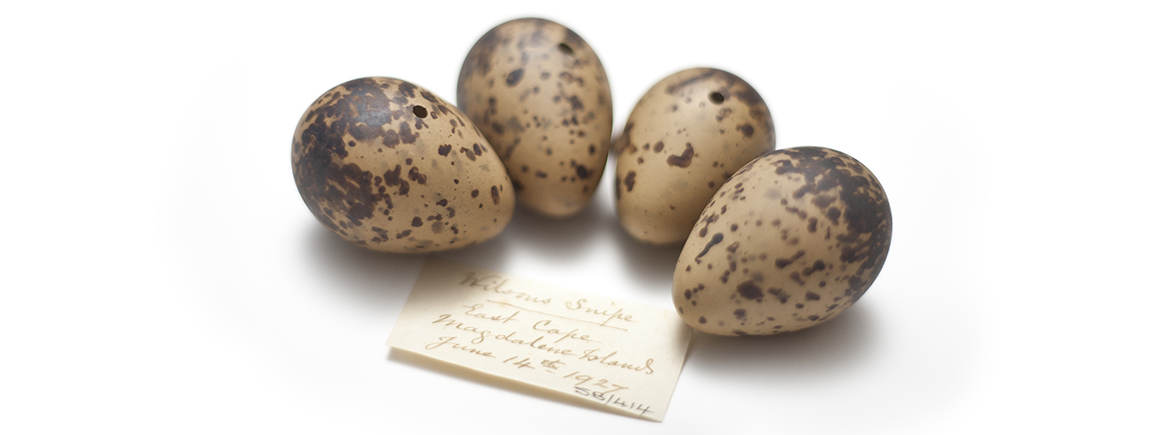Looking for a specimen?
The Pterosaur collection is being digitised

Computed tomography (CT) scan of the skull of Anhanguera, a112-million-year-old pterosaur from Brazil.
Our pterosaur collection contains approximately 1,000 specimens and casts, from isolated incomplete bones to articulated skeletons on slabs.
British pterosaurs are well represented in the collection due to historic quarrying and collecting across the British Isles.
Specimens include:
One of the best-preserved specimens is Istiodactylus latidens from the Wealden Group (Lower Cretaceous). There are also a small number of specimens from the Gault Clay.
Although many specimens are from pyrite-bearing strata and are vulnerable to pyrite decay, the collection is maintained in very good condition.
The pterosaur collection is available for use in any legitimate research project. Recent work by external researchers includes computer modelling of biomechanical properties of pterosaur wing bones, and studies of how the group evolved.
Foreign material includes:
The Pterosaur collection is being digitised
If you would like to use any specimens for research
We have high-quality casts of other museums’ important specimens, including:
British Isles, Germany, Czechoslovakia, Kazakhstan, Jordan, Morocco, Mauritania, Niger, Tanzania, Congo, Argentina, Brazil, USA and Australia.
Our pterosaur collection does not include any material from the Triassic, but has specimens from most stages of the Jurassic and Cretaceous.
Steel L (2013) The Pterosaur Collection at the Natural History Museum, London, UK: an Overview and List of Specimens, with Description of Recent Curatorial Developments. Acta Geologica Sinica 86: 1340-1355.

Access to some collections will be affected as we prepare for the move to our new collections, science and digitisation centre.

Scientists and collections management specialists can visit the collections and borrow specimens for research.

Our duty is to provide a safe and secure environment for all of our collections.